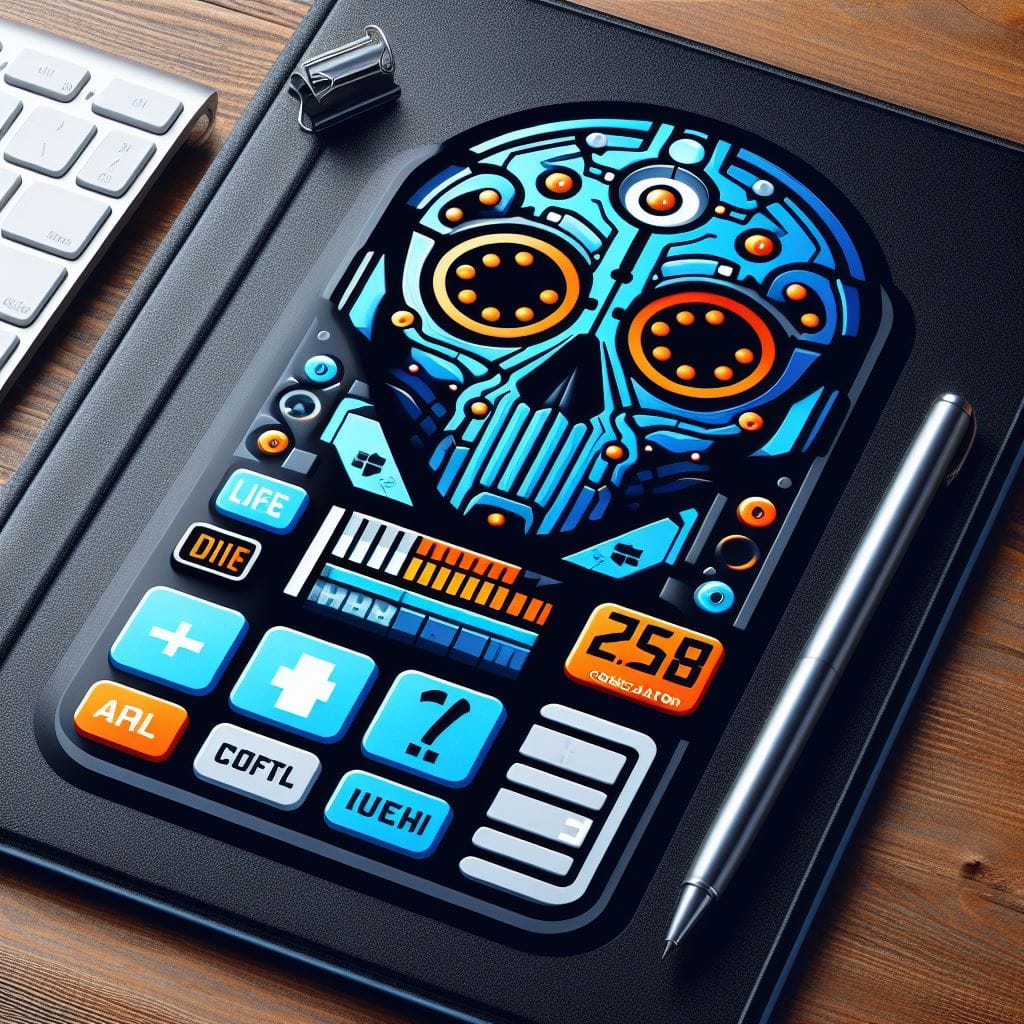
Life2vec
Everything is theoretically impossible, until it is done.
-Robert A. Heinlein
Life2vec AI Death Calculator
How AI Can Predict Your Life Events and Death
Have you ever wondered what will happen to you in the future? Will you live a long and healthy life, or will you die young and unexpectedly? Will you achieve your goals and dreams, or will you face obstacles and challenges? Will you be happy and fulfilled, or will you be miserable and dissatisfied?
These are some of the questions that many people ask themselves, especially as they grow older and reflect on their past experiences. However, predicting the future is not an easy task, as there are many factors and uncertainties involved. Moreover, predicting the future can have psychological and ethical implications, such as affecting one’s self-esteem, motivation, decision-making, and relationships.
Fortunately, there is a new technology that can help us answer these questions: artificial intelligence (AI). AI is the ability of machines to perform tasks that normally require human intelligence, such as reasoning, learning, problem-solving, and creativity. AI has been advancing rapidly in recent years, thanks to the availability of large amounts of data and powerful computing resources.
One of the most exciting applications of AI is in predicting human life events and death. A team of researchers from Denmark and the United States has developed a cutting-edge AI model called life2vec, which can forecast substantial milestones and life outcomes based on a person’s life history.
How does life2vec work?
Life2vec is based on the idea of using sequences of life events to predict human lives. Life events are any significant occurrences or changes in a person’s life span, such as marriage, divorce, health problems, retirement, etc. Life2vec analyzes extensive personal data from 6 million Danish individuals from 2008 to 2015, including socioeconomic status (such as income), health records (such as chronic conditions), employment history (such as occupation), education level (such as degree), etc.
Life2vec treats individual life events like words in a sentence, arranging them in chronological order. It combines contextual information (such as employment status) with positional data (such as age) to create detailed life event representations. The AI then uses multiple layers to build an overall life sequence representation, allowing it to make predictions about future events or even estimate mortality risks.
For example, if we ask Life2vec “Will I die within four years?”, it will look at our past life events and assign probabilities to different scenarios based on statistical models. It will also take into account other factors that may influence our survival chances, such as genetics or environment.
What can Life2vec predict?
Life2vec can predict various outcomes related to our lives, such as:
- Personality traits: Life2vec can estimate our personality traits based on our past behavior patterns. For example, it can tell us if we are more likely to be introverted or extroverted.
- Health outcomes: Life2vec can predict our health outcomes based on our past medical records. For example, it can tell us if we are more likely to develop diabetes or heart disease.
- Career outcomes: Life2vec can predict our career outcomes based on our past employment history. For example, it can tell us if we are more likely to change jobs or retire early.
- Relationship outcomes: Life2vec can predict our relationship outcomes based on our past romantic partners. For example, it can tell us if we are more likely to get married or divorced.
- Happiness outcomes: Life2vec can predict our happiness outcomes based on our past emotional states. For example, it can tell us if we are more likely to feel satisfied or unhappy with our lives.
How accurate is Life2vec?
Life2vec is not perfect; it has some limitations and challenges that need to be addressed before it can be widely used in practice. Some of these include:
- Data privacy: The model needs access to large amounts of personal data from millions of people, which could pose serious risks to their privacy and security. The data could also be biased or inaccurate due to errors or omissions in the collection or processing.
- Data sensitivity: The model needs to handle sensitive information such as health records, income levels, occupation status.
Leave a Reply